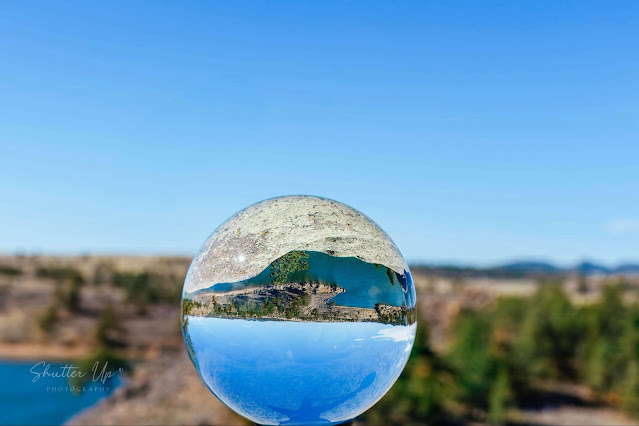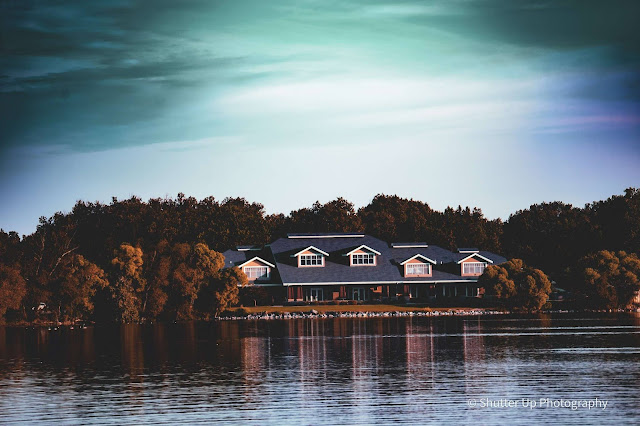Mastering the Craft: Essential Tips and Tricks for Photographers
Whether you’re a seasoned professional or an enthusiastic beginner, photography is a constantly evolving art form that demands both creativity and technical know-how.
From understanding light to choosing the right gear, the path to capturing stunning images is filled with learning opportunities.
Before anything else, take time to learn the full capabilities of your camera. Whether you’re shooting with a DSLR, mirrorless, or even a smartphone, know how to manually adjust settings like aperture, shutter speed, and ISO. Reading the manual might sound boring, but it often reveals features you didn’t know existed.
Quick Tip: Practice shooting in manual mode to gain full control over exposure.
2. Master the Light
Photography is essentially painting with light. Learn to “see” light, its direction, quality, color, and intensity.
Natural light can be your best friend, especially during golden hour (shortly after sunrise or before sunset), but don’t shy away from experimenting with artificial lighting like flashes, reflectors, and softboxes.
Pro Trick: Use a white reflector to bounce light back onto your subject, reducing shadows and creating a soft, even look.
3. Composition is Key
Strong composition transforms a decent photo into a great one. Familiarize yourself with the rule of thirds, leading lines, symmetry, framing, and negative space.
Don’t be afraid to break these rules once you understand them, some of the most striking images come from unconventional framing.
Quick Tip: Use the grid on your camera or phone screen to align subjects along the rule of thirds.
4. Shoot in RAW
If your camera supports it, always shoot in RAW. Unlike JPEGs, RAW files retain all the data captured by your camera sensor, giving you far more flexibility in post-processing without degrading image quality.
Editing Edge: RAW files make it easier to correct exposure, white balance, and recover detail in shadows and highlights.
5. Use Prime Lenses
Zoom lenses are versatile, but prime lenses (fixed focal lengths) often offer better sharpness, wider apertures, and a deeper understanding of framing.
A 50mm f/1.8 lens is a great, affordable choice that performs well in low light and produces beautiful background blur (bokeh).
Creative Challenge: Spend a day shooting only with a prime lens to train your eye and improve your composition.
6. Focus on Storytelling
Great photos tell a story. Whether you’re shooting a portrait, landscape, or street scene, think about the emotion, mood, and message you want to convey. Anticipate moments rather than just reacting to them.
Trick: Wait for the decisive moment, a gesture, a glance, or a change in light, that adds depth and narrative to your image.
7. Keep It Steady
Camera shake can ruin an otherwise perfect shot. Use a tripod for long exposures, landscapes, or product photography.
For handheld shots, brace your elbows against your body and use a fast enough shutter speed to minimize blur.
Bonus Tip: A good rule of thumb is to use a shutter speed that is at least 1/focal length (e.g., 1/50s for a 50mm lens).
8. Post-Process with Purpose
Editing is where your vision comes to life. Tools like Adobe Lightroom or Photoshop can enhance colors, correct exposure, and fix lens distortions.
But remember: less is more. Over-editing can make images look unnatural.
Efficiency Hack: Create presets or use batch editing to streamline your workflow while maintaining consistency across your shots.
9. Stay Inspired
Follow other photographers, study different genres, visit galleries, and read photography books. Don’t limit yourself to one style, exploring different techniques can spark creativity and help you develop your own visual voice.
10. Practice, Reflect, Repeat
The best way to improve is to shoot often and critically evaluate your work. Compare your recent photos to your older ones to track progress. Ask for feedback, but also trust your intuition.
Growth Tip: Start a photo project or 365-day challenge to stay motivated and push your boundaries.
Final Thoughts
Photography is both a technical skill and a deeply personal form of expression. By mastering the fundamentals and constantly pushing your creative limits, you’ll not only improve your technical ability but also find your unique photographic voice.
So grab your camera, explore the world, and tell your story, one frame at a time.
Sometimes, photography becomes more than just an art, it becomes a way to honor resilience and humanity.
I recently had the privilege of doing a photo shoot for a brave individual fighting brain cancer.
In that session, I saw strength and vulnerability, courage and light. Despite the weight of their battle, they radiated grace, determination, and a will to keep going.
Capturing their spirit reminded me why I fell in love with photography in the first place.
It’s not just about aesthetics or technique, it’s about connection. About freezing moments that matter.
About giving people, especially those in the midst of unimaginable challenges, a chance to feel seen, celebrated, and beautiful.
If there’s one thing photography teaches us, it’s that even in the darkest times, there is always light, and it’s worth chasing.
About the author:
Desiree Smith is a portrait, landscape, still life and street photographer based out of Cheyenne Wyoming.











